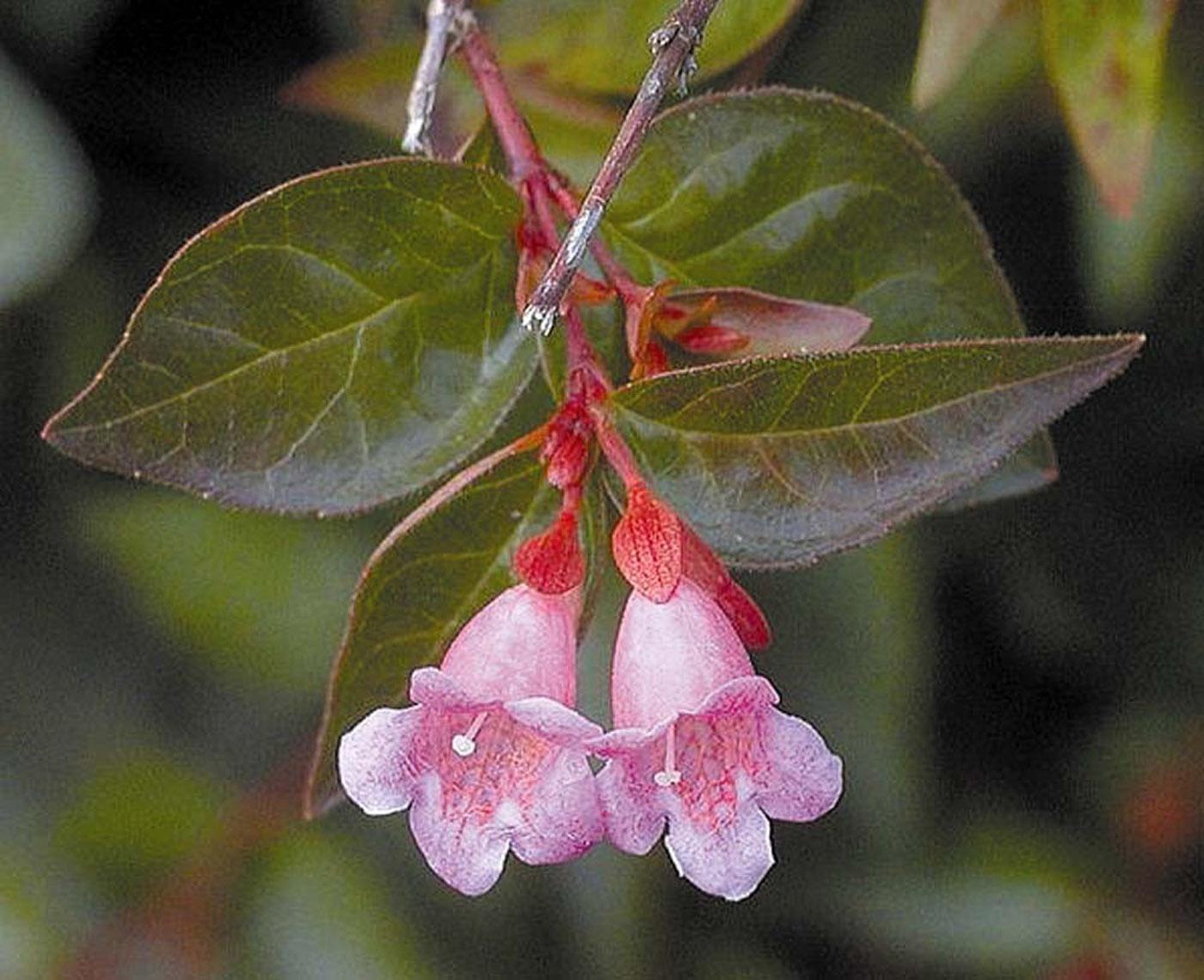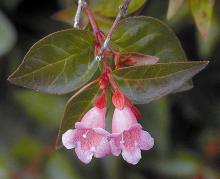Information Possibly Outdated
The information presented on this page was originally released on March 24, 2003. It may not be outdated, but please search our site for more current information. If you plan to quote or reference this information in a publication, please check with the Extension specialist or author before proceeding.
Mississippi Medallions offer impressive displays
By Norman Winter
MSU Horticulturist
Central Mississippi Research & Extension Center
Autumn Blaze maple and Edward Goucher abelia are two outstanding performers chosen as 2003 Mississippi Medallion winners by the state Plant Selections Committee.
If you want a large, fast-growing tree with spectacular fall color, choose the Autumn Blaze maple. A hybrid of the native red maple and the silver maple, Autumn Blaze combines the best features of both. It has the vigor of the silver maple and the beauty, strength and heat tolerance of the red maple.
Autumn Blaze can adapt from the frigid zone 3 in Wisconsin to the warm, humid South. It is a rapid grower, eventually reaching 50 feet tall and 40 feet wide. The leaves are a medium- to deep-green in summer developing into a brilliant, long-lasting, fiery orange in the fall.
Autumn Blaze has few insect or disease problems and is seedless, which means there is no mess to clean up or unwanted seedlings to remove. The Iowa Nursery and Landscape Association also chose it as the Tree of the Year.
Plant in full sun with well-drained, moist, fertile soil. Dig the hole three to five times as wide as the root ball but no deeper, and place the top of the root ball even with the soil profile.
When planting in midsummer, form a 4-inch berm outside the root-ball area. This berm should be able to hold 5 gallons of water. After planting, water deeply and apply mulch. Remove the berm after the first year.
Feed established trees in late winter with an application of an 8-8-8 fertilizer at the rate of 1 pound per inch of trunk diameter. Broadcast evenly under the canopy of the tree. Water deeply and infrequently during prolonged dry periods and maintain a good layer of mulch.
The next Mississippi Medallion award winner, the Edward Goucher abelia, should be at the top of the list for those desiring a low-maintenance garden. Its attributes include months of blooms with clusters of flowers that delight both hummingbirds and butterflies, arching and attractive foliage, and no pests.
Edward Goucher is a hybrid with lilac flowers in bloom from June until September. It is one of the most sought-after selections in the South. It forms a 6-by-6 mound producing glossy green foliage that turns a shiny bronze in the fall. It is the result of a cross of Abelia grandiflora and A. schumannii by Edward Goucher with the U.S. Department of Agriculture in 1911.
The abelia is related to viburnum, honeysuckle and weigela. The abelia has a graceful, arching habit suited for the shrub border or mass planting. The glossy reddish foliage is attractive, and the plant is among the most pest-free shrubs available.
Select a site in full sun for best blooming. Prepare the bed for abelias by incorporating 3 to 4 inches of organic matter and 2 pounds of a 5-10-5 fertilizer per 100 square feet of planting area, tilling deeply. Dig the planting hole three to five times as wide as the root ball but no deeper.
Once established, feed in late winter with a light application of a balanced fertilizer (8-8-8) per plant equaling 1 pound per 100 square feet of planted area.
Your happiness with the Edward Goucher may depend on pruning. In late winter, prune one-third of the old canes at the base of the plant. The arching habit is welcome in the landscape. Maintain an even supply of moisture during prolonged dry spells.
Local nurseries and garden centers should have a good supply of the 2003 Mississippi Medallion award winners. Look for the colorful point-of-sale material.
The Mississippi Medallion program is in its seventh year and is sponsored by Mississippi State University Extension Service, Mississippi Nursery and Landscape Association, and Mississippi Plant Selections Committee.









